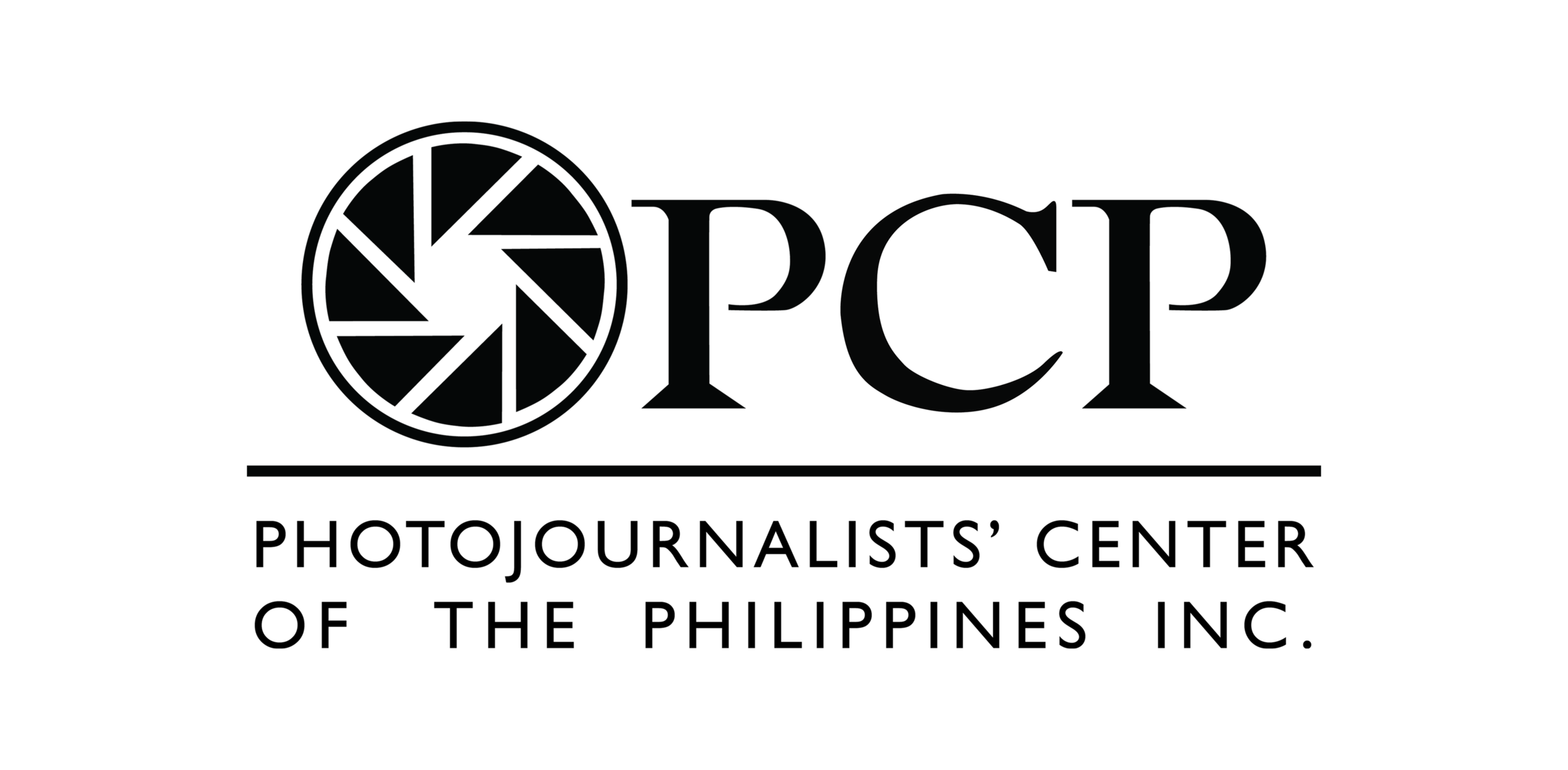Photo Essay - Aruga: Potraits of Indigenous Breatsfeeding
Photos and Text by Gigie Cruz
“Aruga” is a sequel to “Dede,” a work in progress to document indigenous breastfeeding practices in the Philippines.
Breastmilk is the most important source of nutrition a mother can provide her child. It is also considered to be nature’s first immunization keeping infants safe from infections. Passed into law in March 2010, the Expanded Breastfeeding Act (originally The Rooming-in and Breastfeeding Act of 1992) emphasizes on the right of the mother and her child to her breastmilk to help improve infant health and address malnutrition around the country.
In addition, the Rights to Basic Services of Indigenous people (Section 5) under RA 8371 or the “Indigenous People’s Rights Act of 1997” stresses the importance of the “utilization of indigenous self-reliant health care services by supporting traditional practices of prolonged breastfeeding and use of herbal medicines.”
Improvement on breastfeeding statistics has been observed from 2008 to 2011 after the passage of the "Expanded Breastfeeding Promotion Act of 2009" with the Food and Nutrition Research Institute citing an increase on exclusive breastfeeding rates from 36 percent in 2008 to 47 percent in 2011.
To address challenges in promoting breastfeeding all over the country, the Philippine National Center for Health Promotion of the Department of Health has been actively promoting breastfeeding by giving recognition to different regions where breastfeeding is successfully promoted in indigenous communities like MIMAROPA.“Aruga,” a Filipino word for nurture, celebrates the beauty of breastfeeding with a collection of images of mothers from several indigenous communities - the Irayas, and Hanonoos of Mindoro and the Aetas of Tarlac. See how breastfeeding nurtures a culture of love and happiness between the mother and her children.
Credit: Music: "Hohoyyawe" from Uyayi, Chin-Chin Gutierrez

